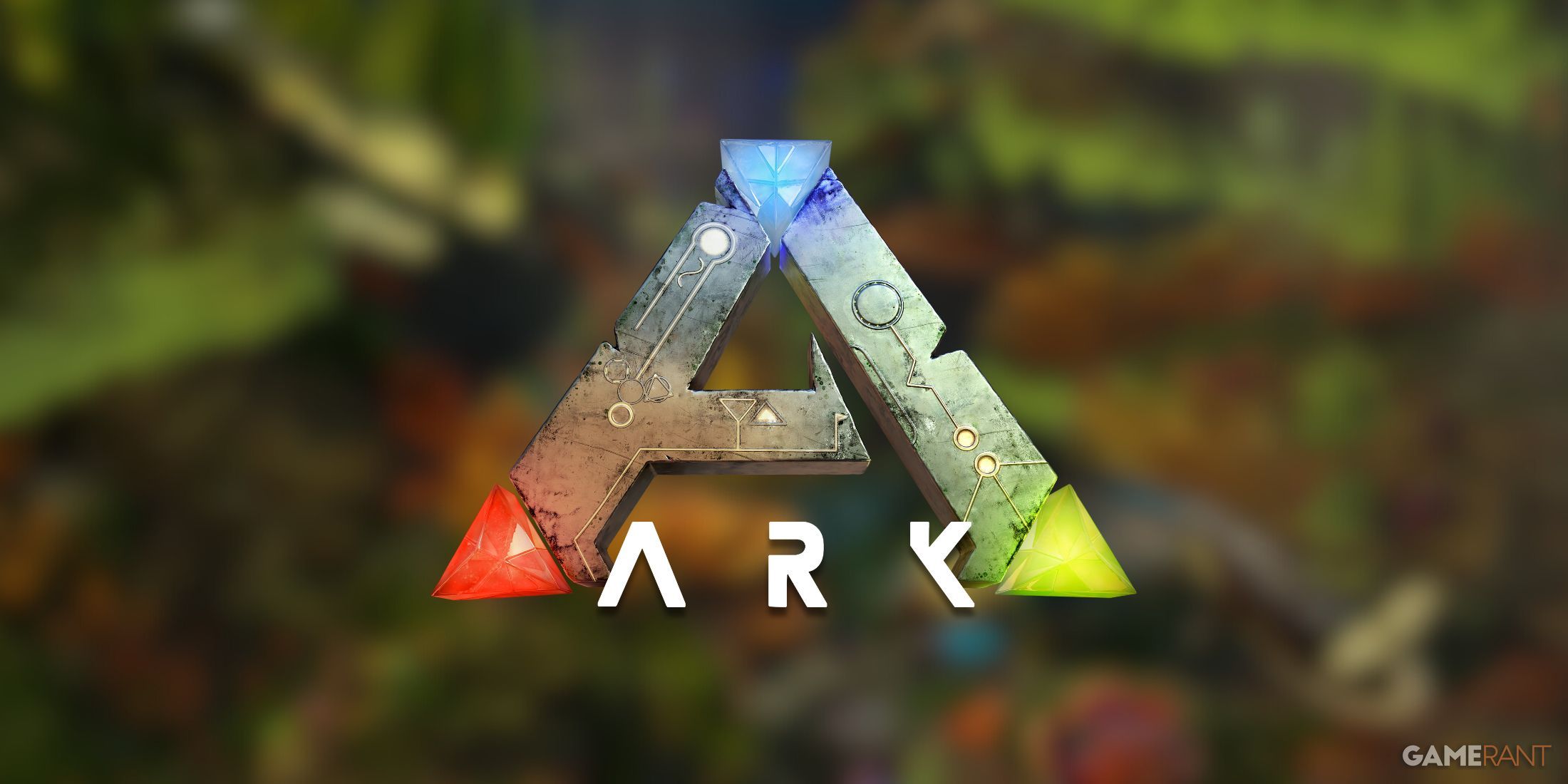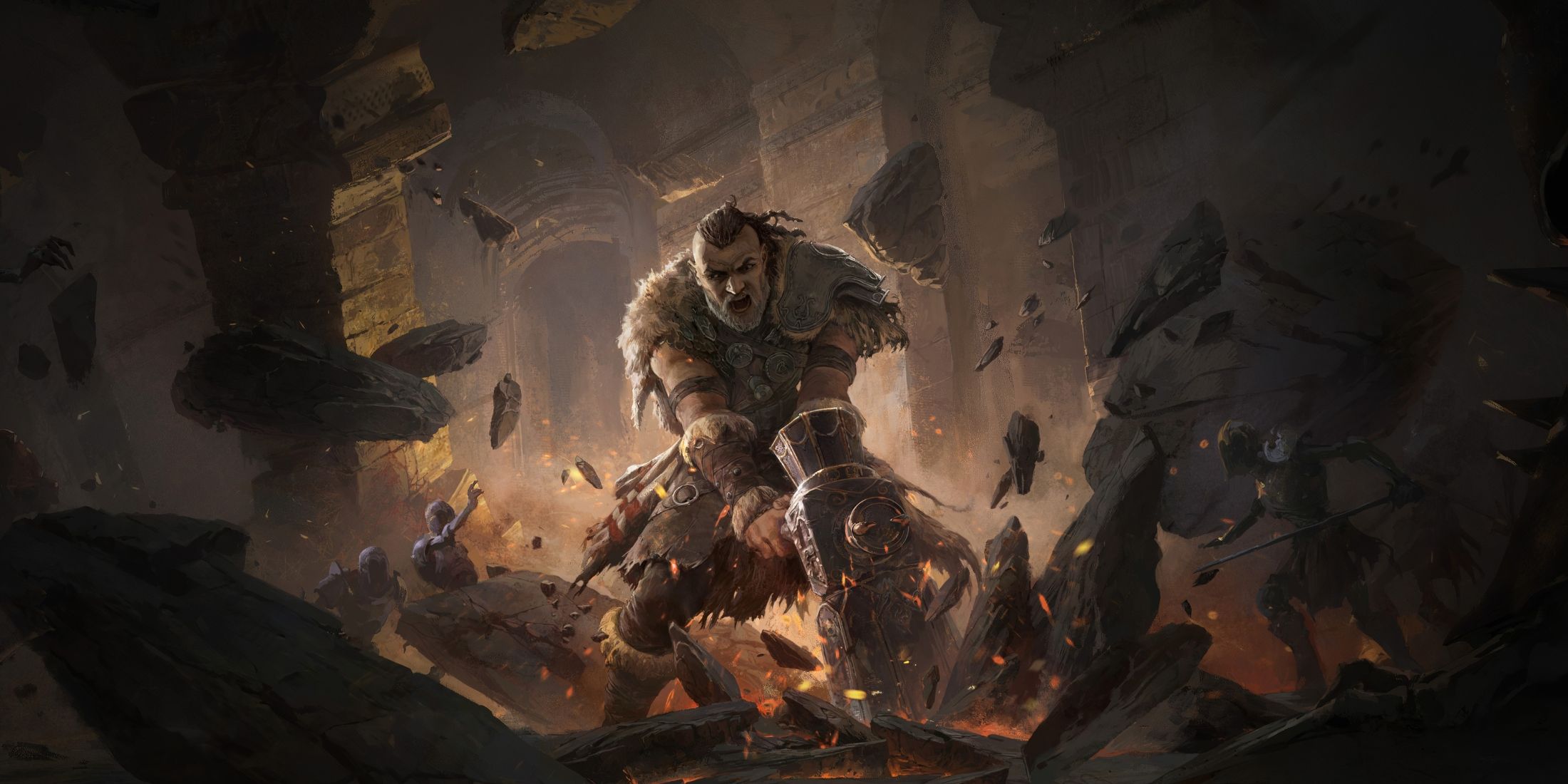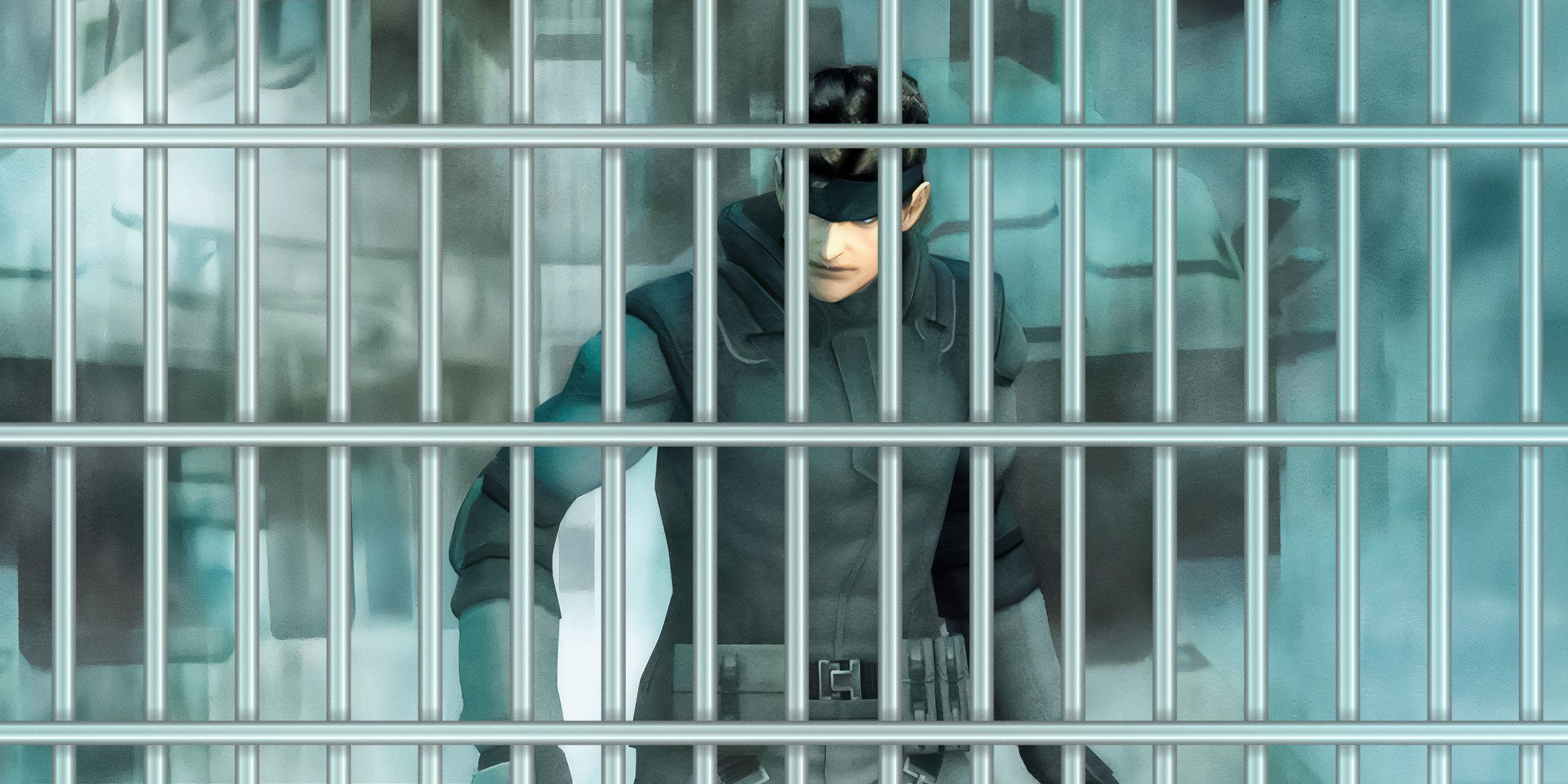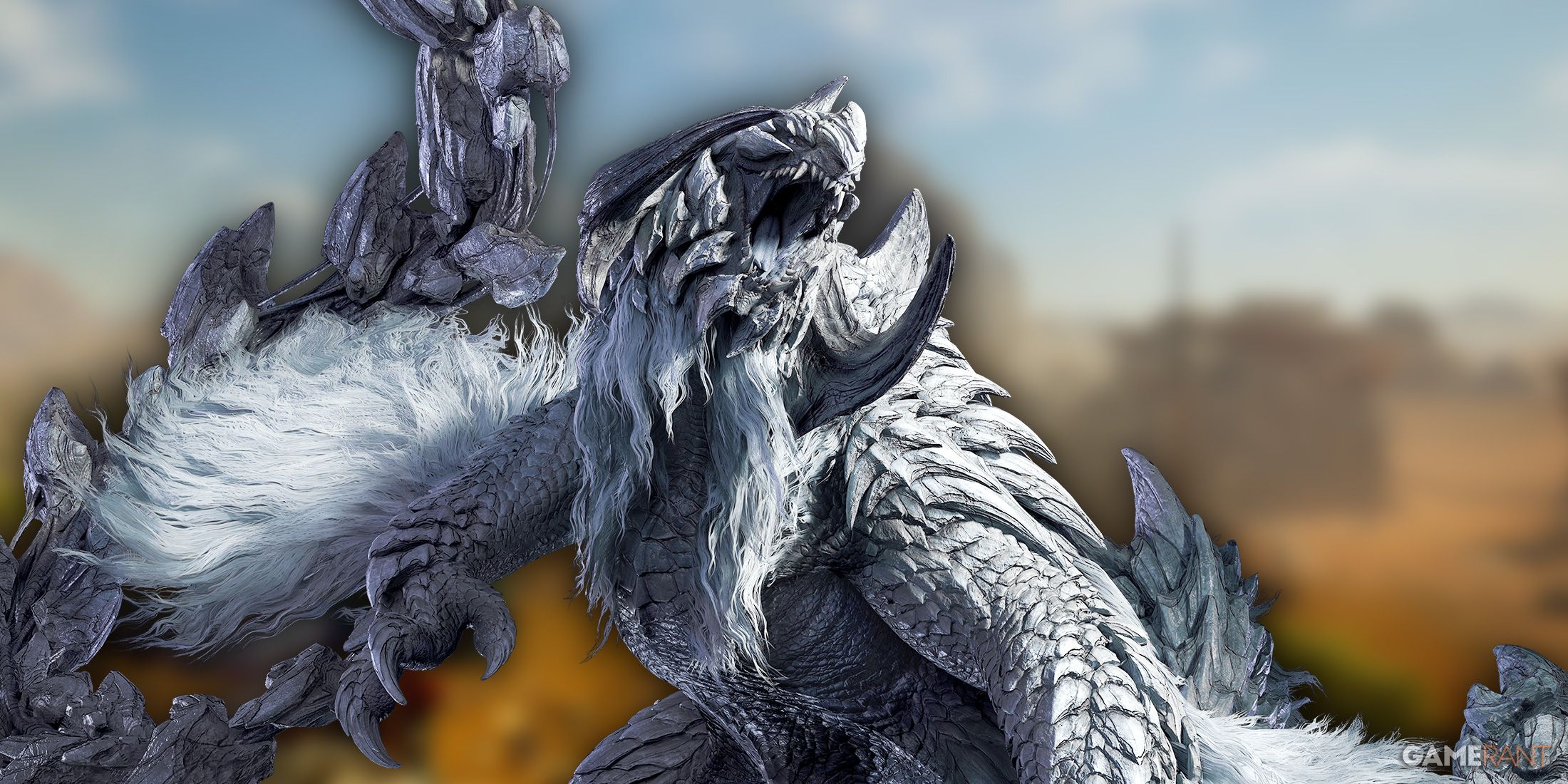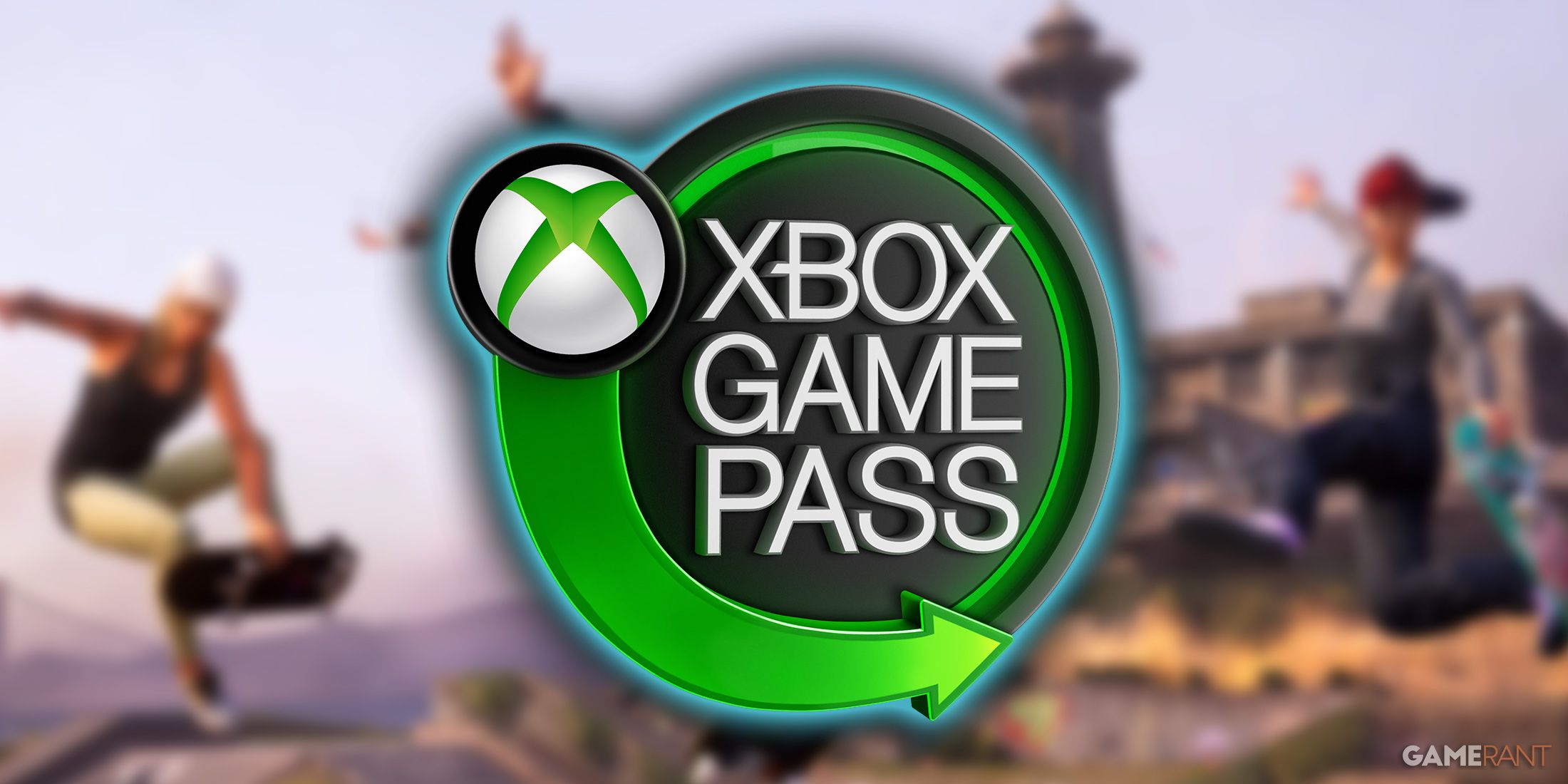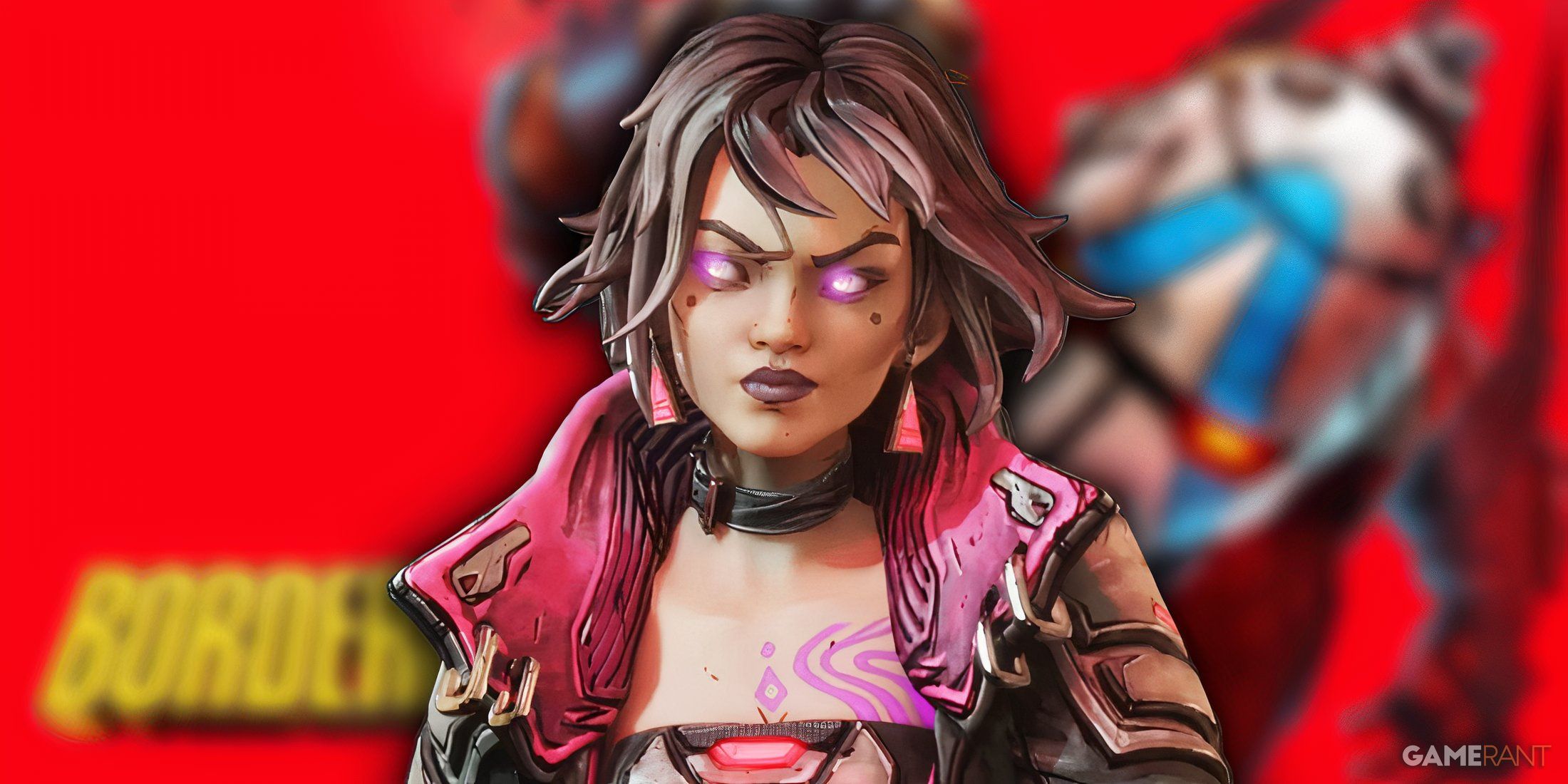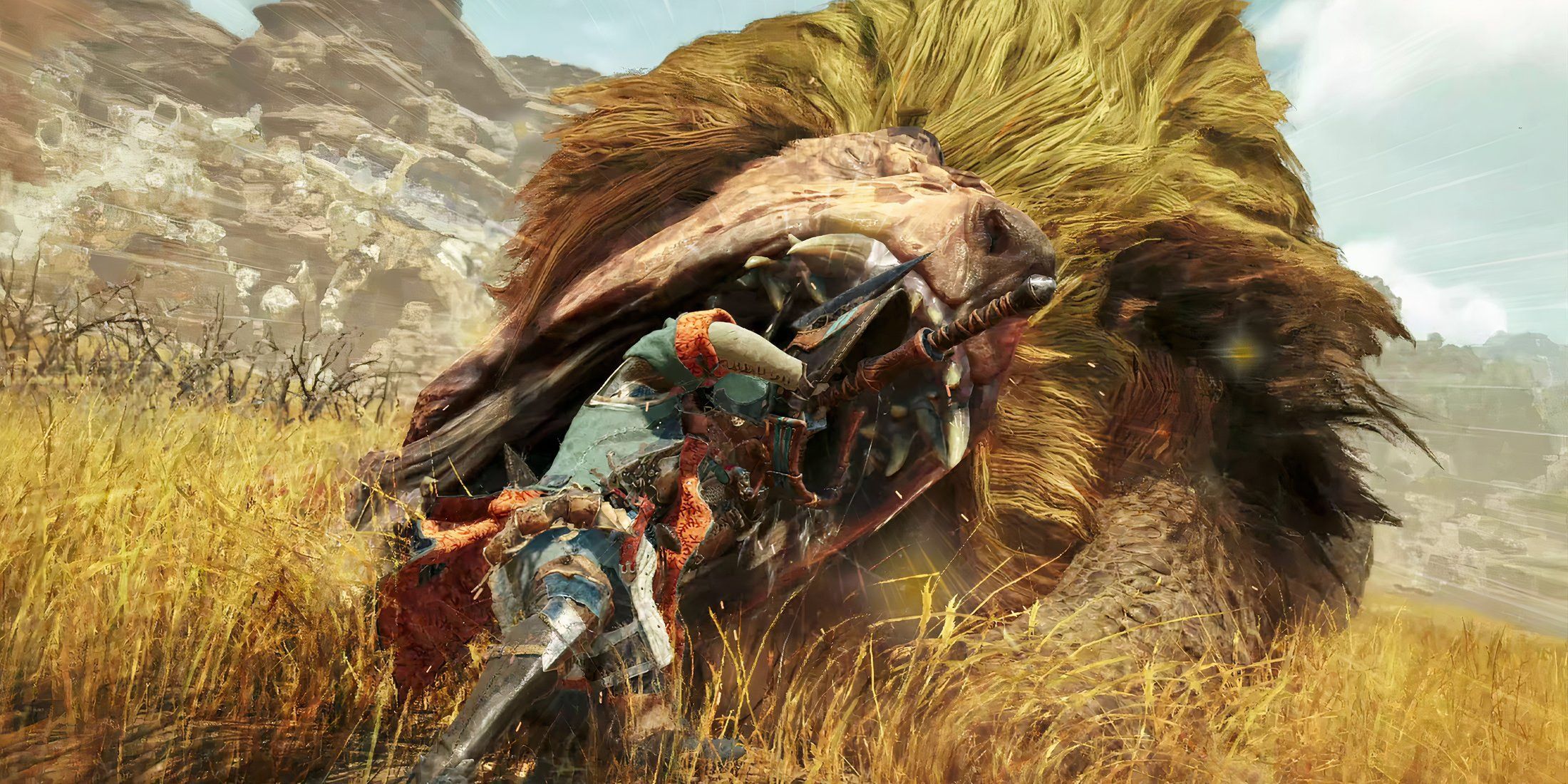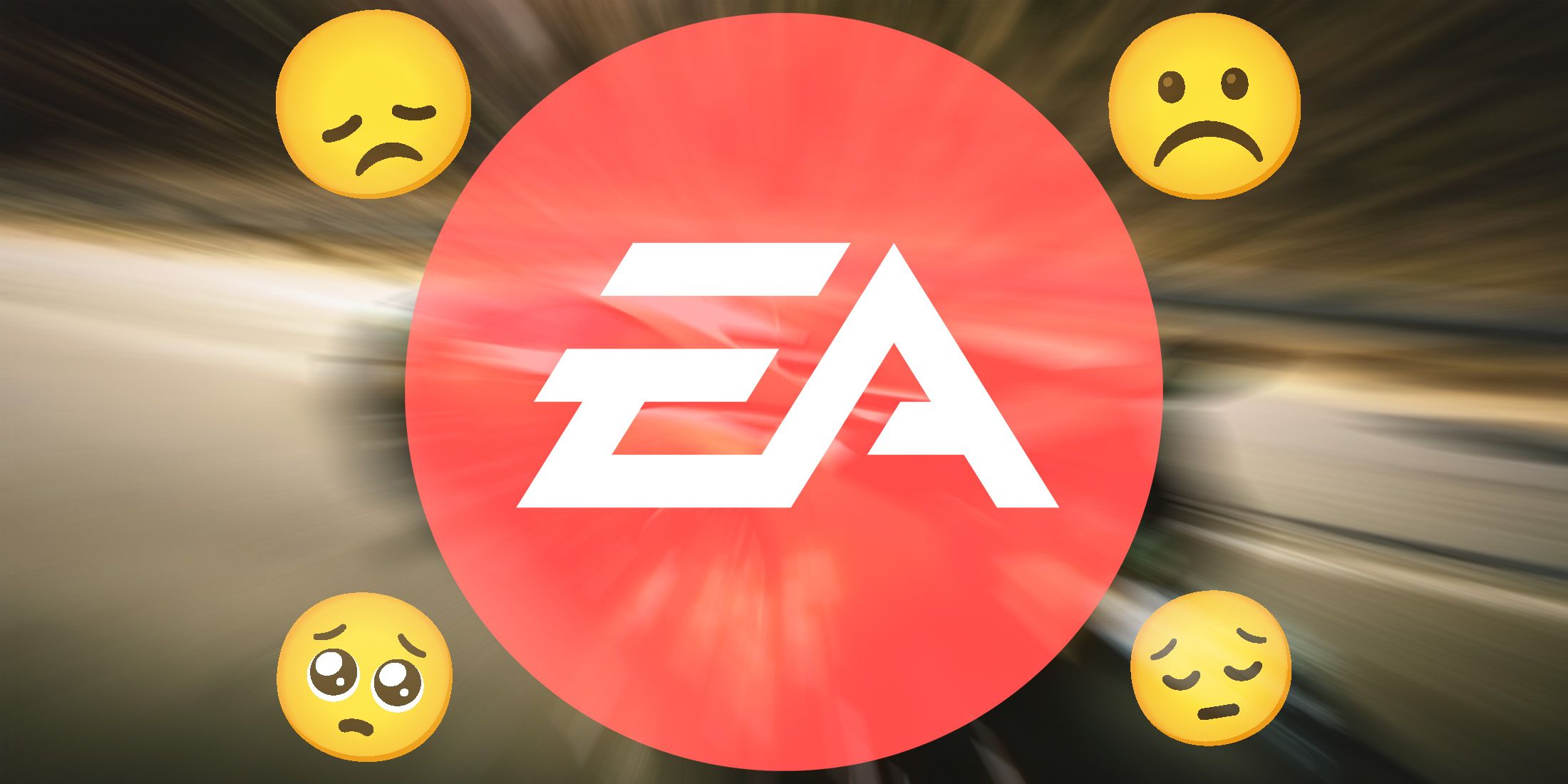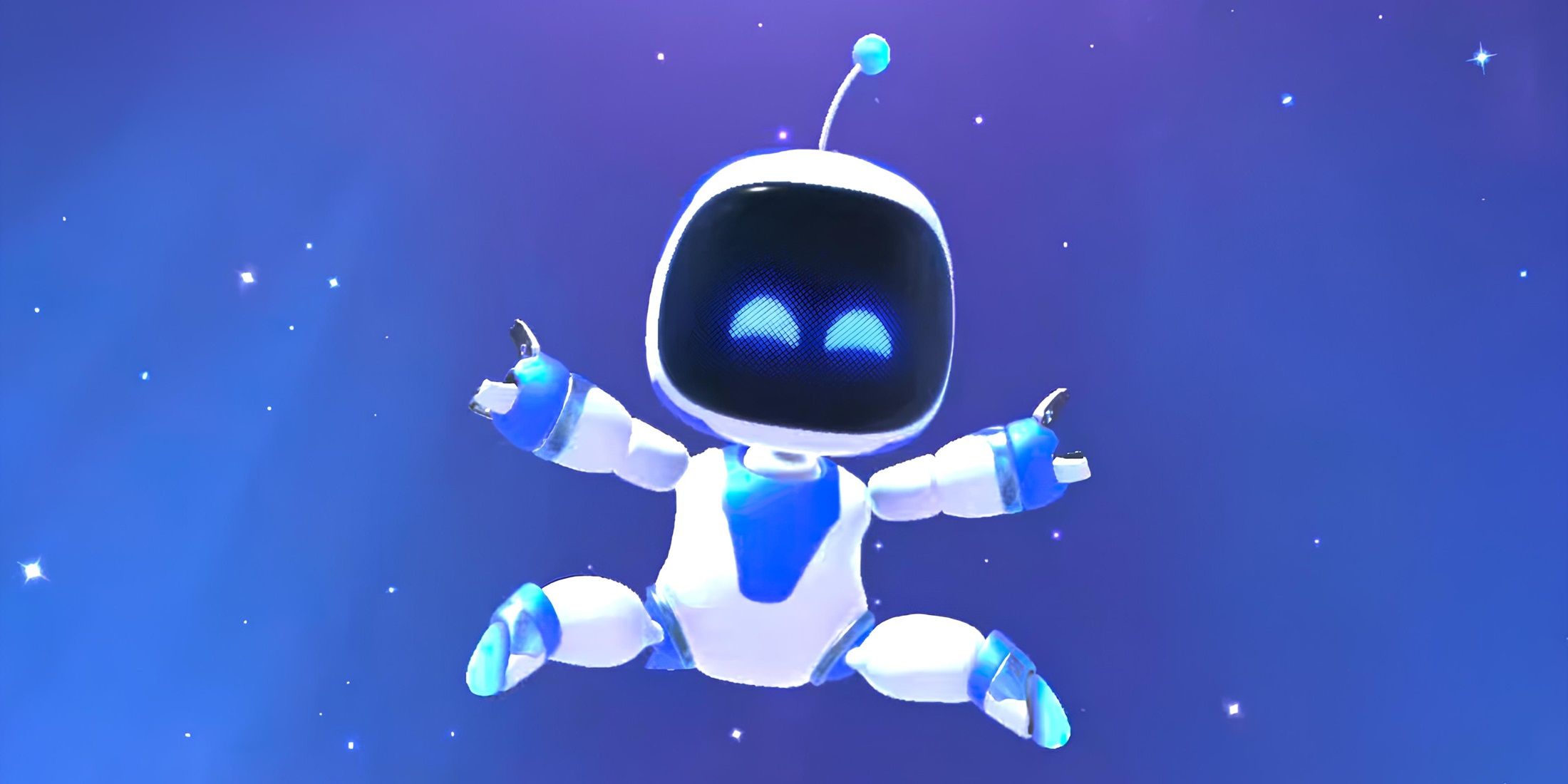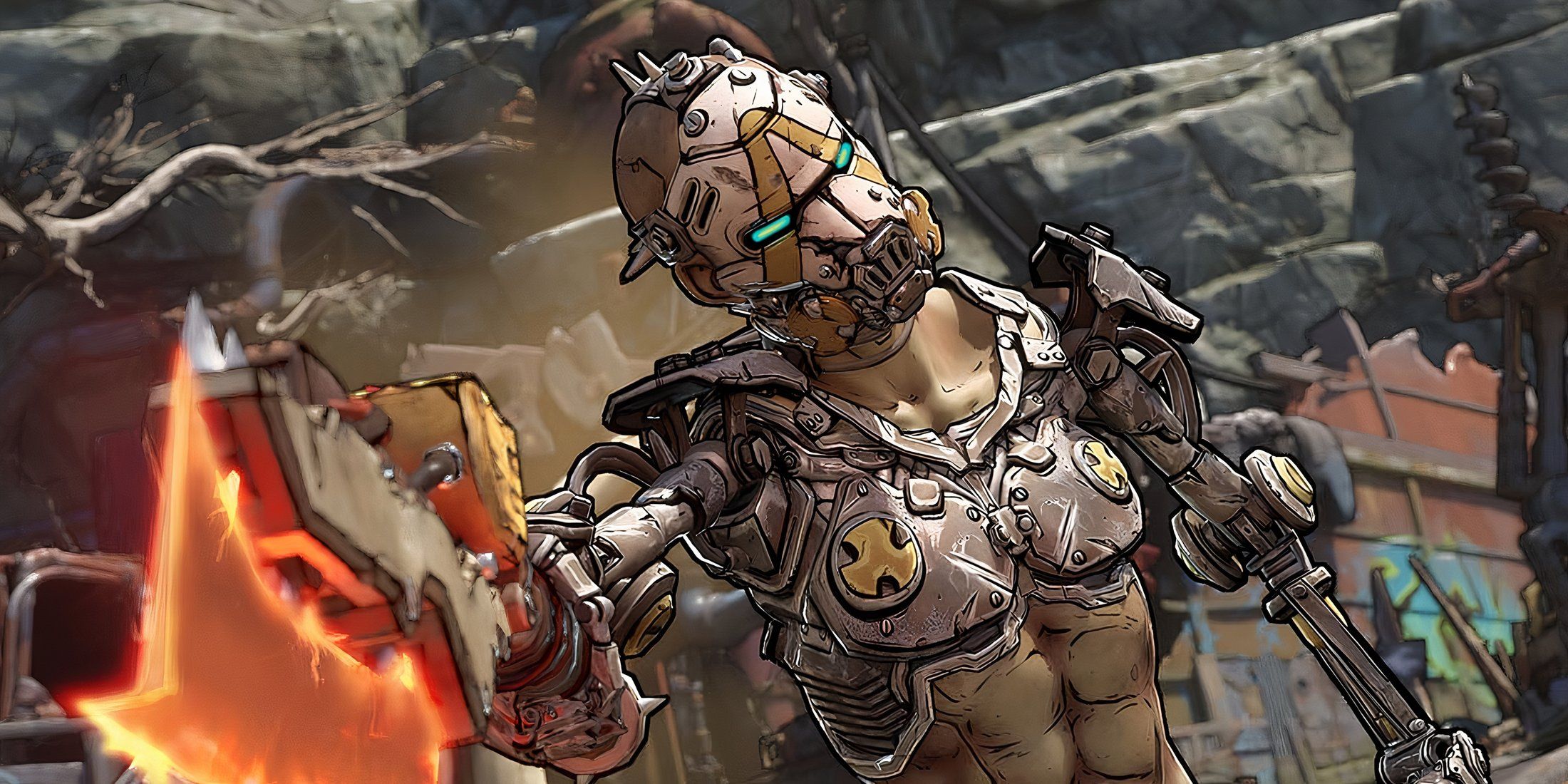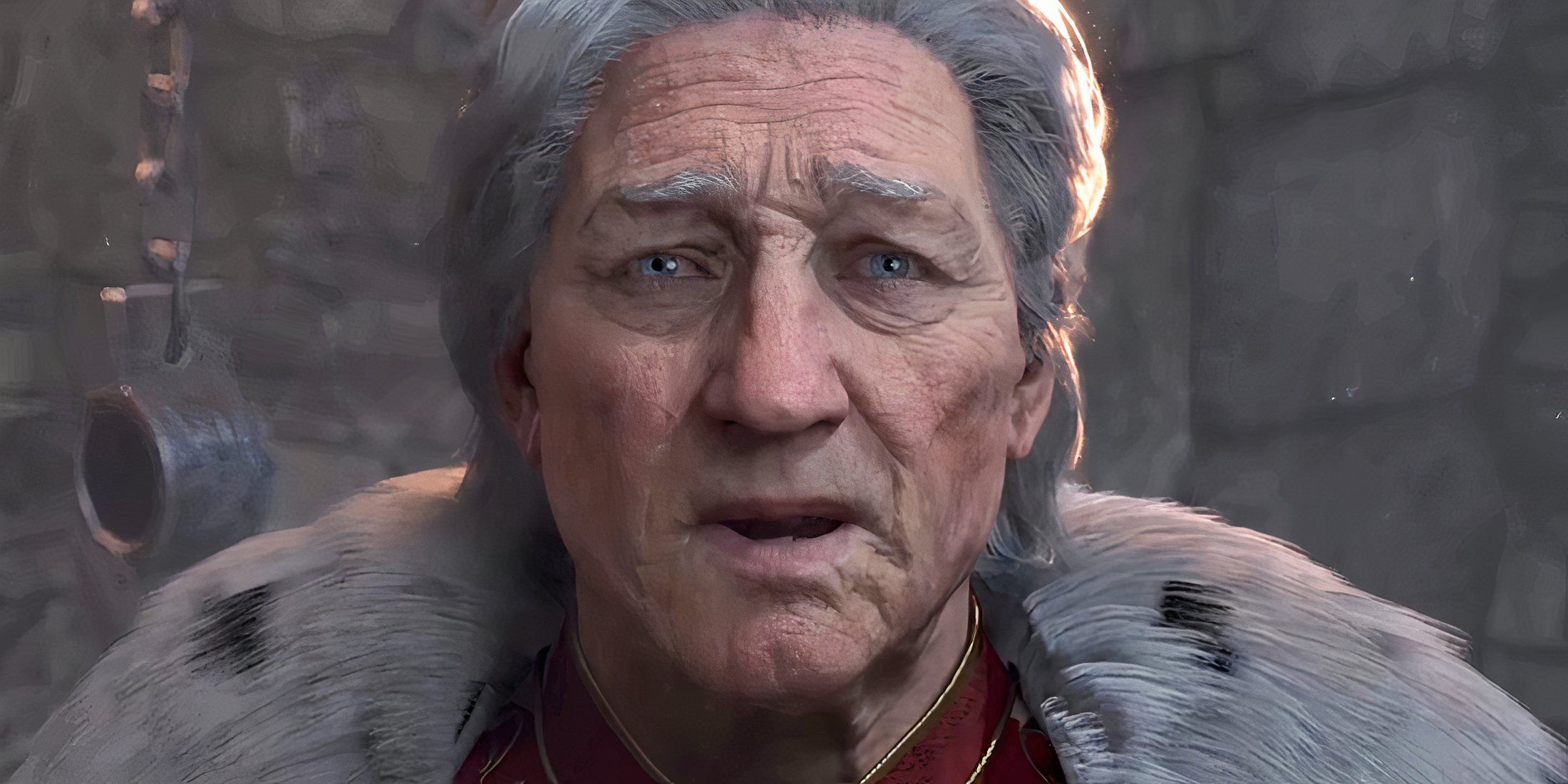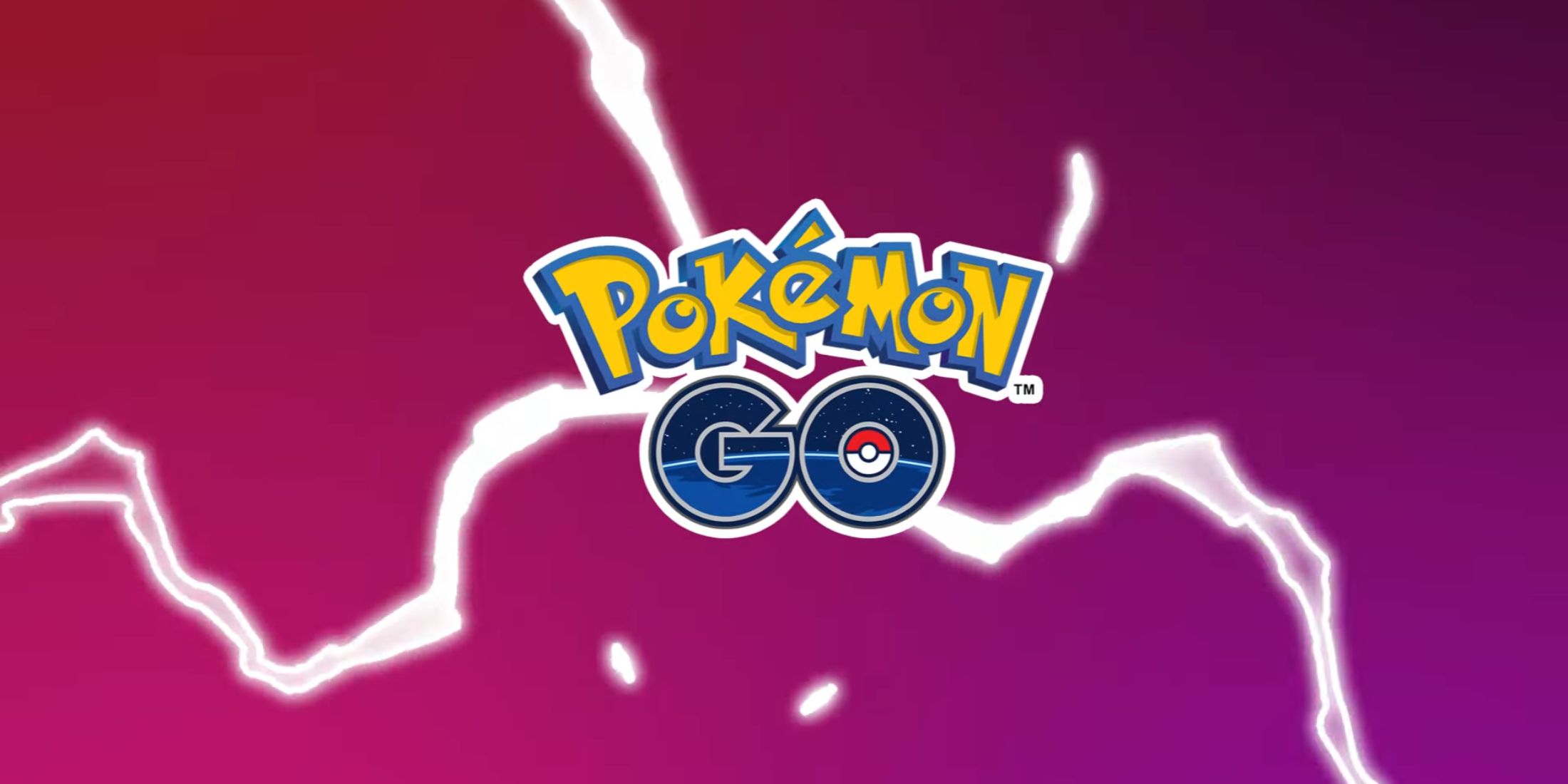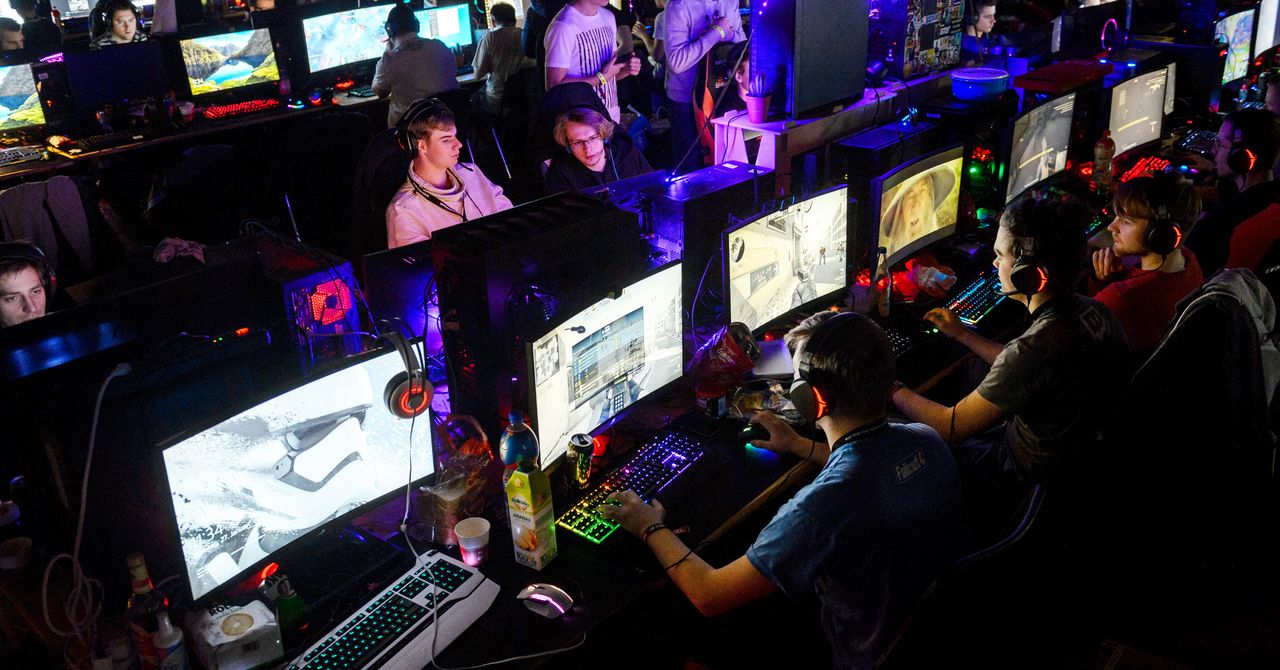
My husband and I weren’t sure what started the bullying. Our son’s ADHD? Being adopted? Was it because he’d stood up to the bully who called his Black friend a “slave” and demanded he carry his cello? Our son had faced racism early—when a drunk white guy demanded his tiny 6-year-old sister return to China, where we’d adopted her. Luke stood up for her too. Whatever caused the bullying, what matters most was how he finally conquered it.
Luke started playing Lego Star Wars at age 5. I objected to the violence, but when Luke Skywalker (whom we’d named our son after) got blown up, his dad said it was only little Lego pieces flying apart. Years later it was Halo with vivid images of people getting shot, which bothered me, despite the music being better than I’d heard in any video game. As a professional musician, I appreciated that. And since our son was a talented violinist, I thought that hearing fully orchestrated gaming music might inspire his own playing. And I hoped he would spend less time gaming and more time practicing the violin. There’s substantial evidence behind what music study can do for the brain.
But more important than whether our son was gaming or practicing the violin, the sad truth was that on an almost daily basis, Luke was thrown against lockers, backpack ripped off his shoulders, and called every name not fit to print. Gaming was the only world where he had some control. We let him play but also enrolled him in tae kwon do.
His dad started taking him to PAX East, where Luke hooked up with some indie gamers and began beta-testing their video games. One company, Novelline.net (originally Tenwall Creatives), was so grateful for Luke’s enthusiasm and help that when they developed a new game, Bleak, they inserted our son into it as an easter egg. Players could find his name written on a monument: For luke—a young sorcerer whose bright eyes and unwavering support inspired worlds. Needless to say, Luke was thrilled.
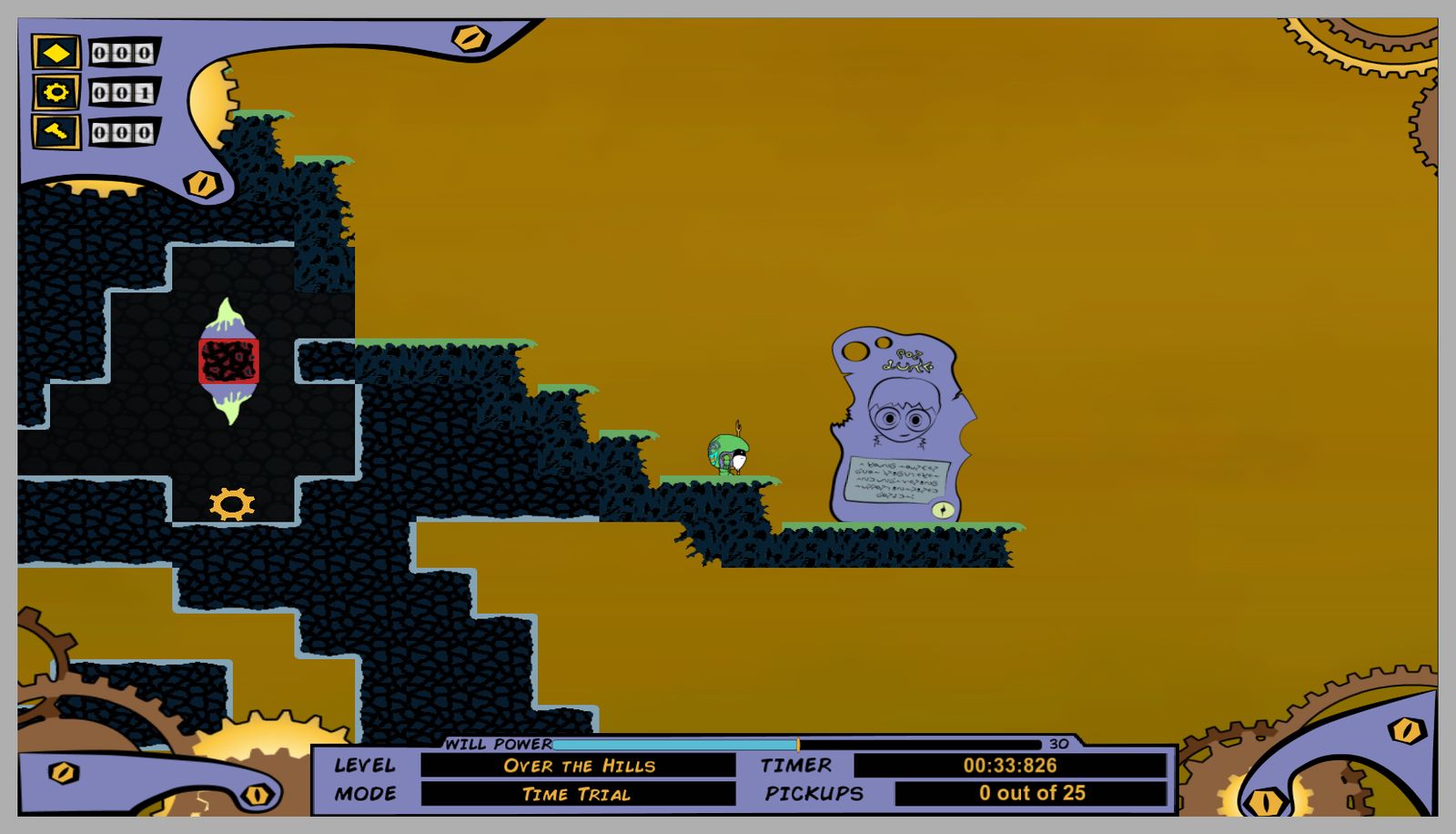 Courtesy of Novelline
Courtesy of Novelline
